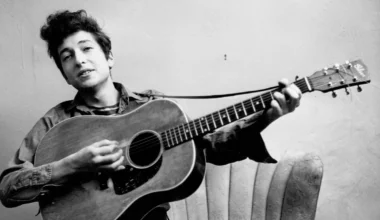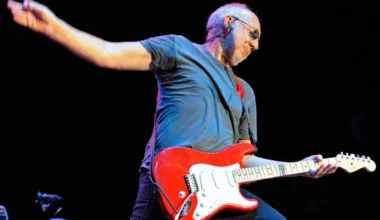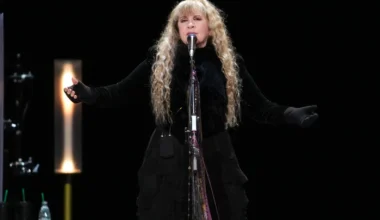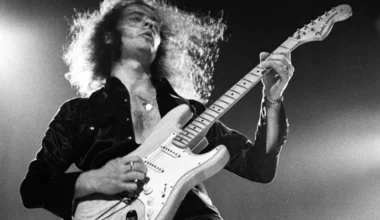The thought of a young Frank Zappa playing with liquid mercury instead of standard playthings traces how his life seemed destined to take a divergent path. While it is near impossible to imagine the youthful Mothers of Invention mastermind without the stout mustache and wild hair of his adulthood when greenly messing around with toxic materials, outside of these bizarre early anecdotes, the perennial outlier would find himself subscribing to the era’s definitive non-conformist force, rock ‘n’ roll.
Possessing an active imagination, this would naturally lead to the young Zappa finding solace in the otherworldly grooves brought forth by the day’s most influential musicians from across the racial divide, and in particular that of Howlin’ Wolf, Willie Mae Thornton, and Greek-American legend, Johnny Otis. These R&B pioneers produced the definitive music of the early 1950s for Zappa, whose authenticity trumped that of their white counterparts concerned with what he considered lightweight subjects such as breakups. A naturally suspicious and stubborn individual from birth, Zappa could not be swayed from thinking the white rockers were cheap imitators of his musical heroes.
However, things all changed in 1955 when the 15-year-old Zappa went to the cinema to watch Blackboard Jungle, the pioneering social drama that cemented rock ‘n’ roll as a cultural movement sweeping up the youth across America’s violent racial divide. Based on the Evan Hunter novel from the previous year, it was significant for its use of rock music in its soundtrack, casting adults as teens – a now-ubiquitous approach – and most importantly, hiring Sidney Poitier in his breakout role as Gregory W. Miller, a rebellious Black student who is musically gifted despite the societal odds stacked against him.
The moment the rock ‘n’ roll revolution coalesced into something tangible, this reality was brought to life by featuring Bill Haley and His Comets ‘Rock Around the Clock’, which was used over the opening credits. It also appeared in the first scene and became a rallying cry for Zappa and the rest of his generation, who were looking to the future and ignoring the demands and lifestyle of their stuffy parents.
Originally a B-side, the movie’s version of the song – boasting the extended drum introduction – became a hit, and like that, the future finally started to break off from the past. Popular culture was about to boom.
Zappa could not believe the sensory overload before him. As soon as Haley started piping, “One Two Three O’Clock, Four O’Clock Rock…” all young people who bore witness knew things were about to change for good. According to Zappa in a 1968 article entitled The New Rock, it was “the loudest sound kids had ever heard at the time,” and he was “inspired with awe.” This was when he realized that rock ‘n’ roll was offering him the life he had always wanted.
Until then, the disciples of the nascent rock music had been quietly huddling around their radios and record players in their bedrooms, listening to the “dirty music,” banished there by the parents who did not understand. However, from the first minute Blackboard Jungle opened in cinemas and ‘Rock Around the Clock’ clamored through the speakers, the youths knew they would no longer be ignored or dismissed.
Zappa wrote: “I didn’t care if Bill Haley was white or sincere … he was playing the Teen-Age National Anthem and it was so LOUD I was jumping up and down. Blackboard Jungle, not even considering the storyline (which had the old people winning in the end) represented a strange sort of ‘endorsement’ of the teen-age cause: ‘They have made a movie about us, therefore, we exist …’”
The insurrection had finally arrived as an organized force after bubbling away in quiet in the bedrooms of suburban America. While parents and the music industry would continue to deny its presence for a time, with the latter maintaining that rock was a fleeting obsession and that big bands would return and reassert the status quo, it never did. Times had changed, and as the years ticked on into the 1960s, a new generation of heroes emerged, well-schooled in the genre’s origins, carrying the torch into the future, with Zappa one of the most unwavering purists it produced.








